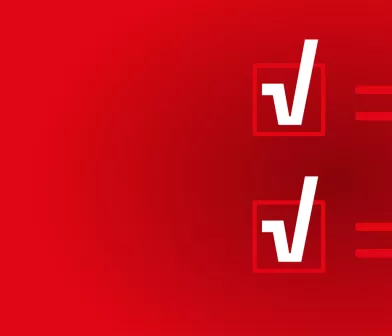NR. 1
Do: Add structured data to your product pages.
Product information, this information should be as complete as possible. Think of brand name, in stock or out of stock, price, the image, size, color, etc. These are all examples of structured data. There are also other structured data you can add:
- Breadcrumbs. These are then added as rich results to the SERP (search engine results page).
- Reviews per product.
Note: do not use the wrong structured data in a page! This will be removed and can cause the rich results not to be shown at all. Not even the data that is correct. So do not add as review on your product page your overall site review, but specifically the reviews of that product.
Not sure what the possibilities are? Consult with Gijs or Danielle what suits your organization/website.
NR. 2
Don’t: title-tags en meta beschrijvingen automatiseren.
It sounds very tempting to automate your title tags and meta descriptions, don't do it! In fact, they are very important when optimizing product pages. Make sure each product has a unique title and description! Include details such as:
- The brand of the product.
- The name of the product.
- The model number.
- Other important information from your structured data examples.
- Call to action; as this leads to a higher Click Through Rate!
Also, don't copy product descriptions 1-to-1 from other websites that have the same product. Certainly not from where you got the product. These are not written with the keyword research for your e-commerce environment in mind. In addition, you are not distinctive from your competitor.
Do you have automatically generated title tags and meta descriptions? Then start rewriting the pages that have the potential to generate the most organic search traffic. In other words, the pages with keywords with the highest search volume.
NR. 3
Do: link your FAQ’s to products.
Most category and product pages contain mostly product information and do not have a FAQ section. A missed opportunity! Suppose I have a question about the product and can't find the answer so quickly in the description. The FAQ section is often tucked away and is also not the first place people go to look for the answer to the burning question.
When you display an FAQ section on the product page with answers to questions users often ask, (future) customers can easily find the information they are looking for. You might just be able to use your answers to persuade them to buy the product.
In addition, there is an added benefit, it will also provide relief on telephone customer service or chat if you set up your e-commerce environment this way.






